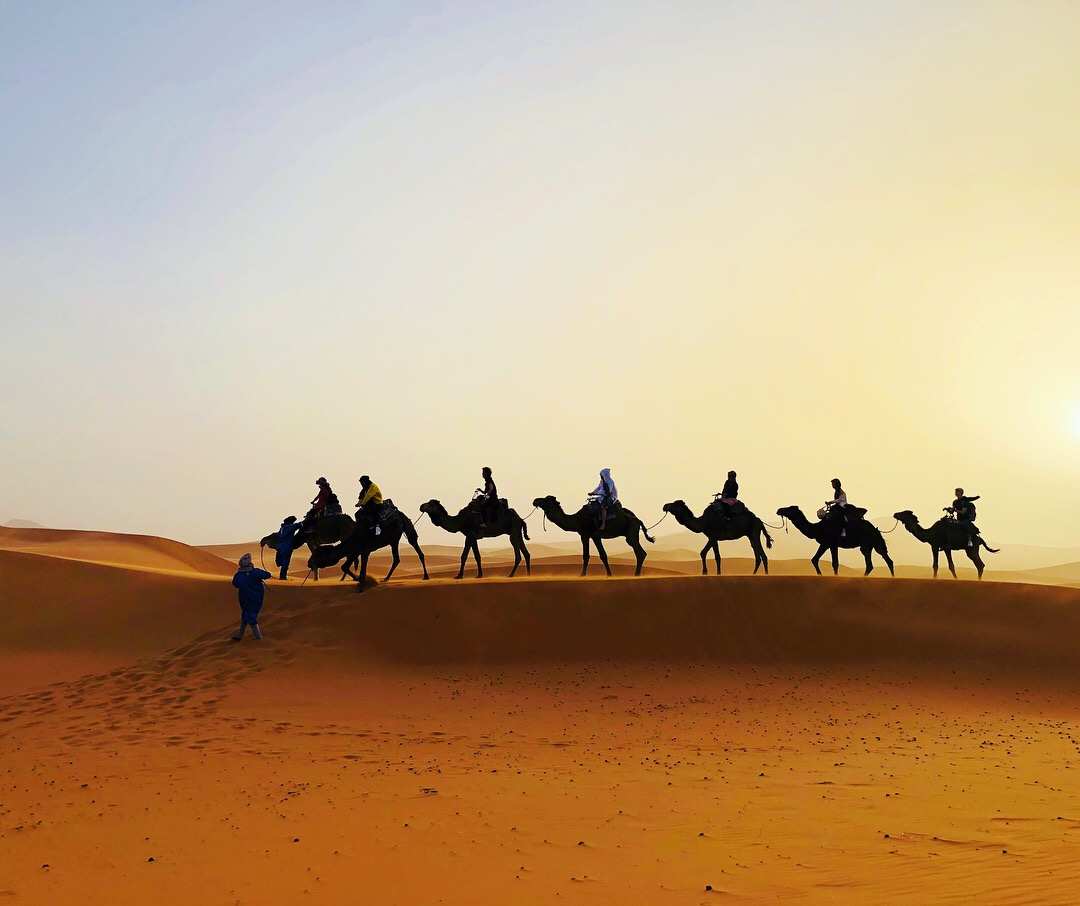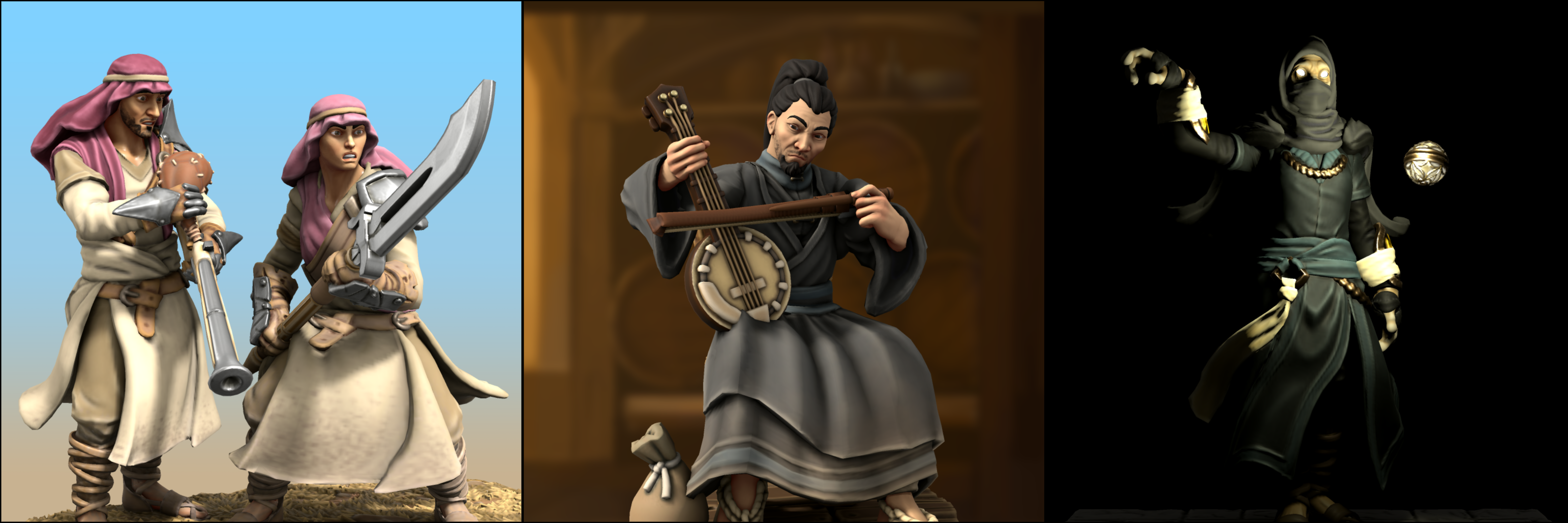
Tahuum Itaqiin A low fantasy, early-gunpowder world defined by unhealed conflicts and existential uncertainty.
Full synopsis: Tahuum Itaqiin Enters its Third Age
Tahuum Itaqiin is a vast continent, a world in recovery after centuries of internecine conquests and cutthroat power struggles. Now, as new realms rise from the ashes of the past, the progress of this so-called Revival Era faces threats both old and new, as potent new technologies and magical anomalies of mysterious origins heighten the danger of the Continent's unhealed strife and divisions. Can humanity persist against such threats with steel, gunpowder, and spellcraft alone?
In climates and circumstances alike, the Continent can broadly be divided into three super-regions. The arid landscapes and maritime metropolises of The Northwest are defined by their contradictions: The Northwest's scholars and inventors pursue the advancement of magic and industry alike, and underlying the growing prosperity and supposedly peaceful relations in this region are persistent disparities and unhealed rifts. The humid jungles, coastal plains, and bays of Greater Au-na-Lai have hosted a succession of kingdoms and empires, each dominating and extracting tribute from smaller realms. The South and the Steppes comprise the most mysterious realms of Tahuum Itaqiin, where displaced tribes, ancient ruins, and old traditions of magic lay tucked within forbidding badlands and bitterly cold expanses.
Want to read even more about Tahuum Itaqiin, including early-access articles? Subscribe (for free!) here:
Prescient Star-GazersTahuum Itaqiin has 20 Star-Gazers
© Eric de Roulet 2021-2024. All rights reserved.

